当前位置:网站首页>CompletableFuture使用详解
CompletableFuture使用详解
2022-07-07 03:00:00 【鬼罚olo】
CompletableFuture使用详解
Future的局限性,他没法直接对多个任务进行链式组合等处理,需要借助并发工具类才能完成,实现逻辑比较复杂
而CompletableFutures是对Future的扩展和增强,CompltableFuture实现Future接口,并在此基础上进行了丰富的扩展,完美弥补了Future的局限性,同时CompletableFuture实现了对任务的编排的能力。借助这项能力,可以轻松的组织不同任务的运行顺序,规则以及方式,从某种程序上说,这项能力时他的核心能力。而在以往,虽然通过CountDownlatch等工具类也可以实现任务的编排,但需要复杂的逻辑处理
ComplatableFuture的基础结构如下
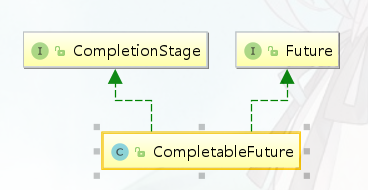
CompletionStage接口定义了任务编排的方法,执行某一阶段,可以向下执行后续阶段。异步执行的
默认线程池是**ForkJoinPool.commonPool(),但为了业务之间互不影响,且便于定位问题,强烈推荐使用自定义线程池**。
CompletableFuture中默认线程池如下:
// 根据commonPool的并行度来选择,而并行度的计算是在ForkJoinPool的静态代码段完成的
private static final boolean useCommonPool =
(ForkJoinPool.getCommonPoolParallelism() > 1);
private static final Executor asyncPool = useCommonPool ?
ForkJoinPool.commonPool() : new ThreadPerTaskExecutor();
ForkJoinPool中初始化commonPool的参数
static {
// initialize field offsets for CAS etc
try {
U = sun.misc.Unsafe.getUnsafe();
Class<?> k = ForkJoinPool.class;
CTL = U.objectFieldOffset
(k.getDeclaredField("ctl"));
RUNSTATE = U.objectFieldOffset
(k.getDeclaredField("runState"));
STEALCOUNTER = U.objectFieldOffset
(k.getDeclaredField("stealCounter"));
Class<?> tk = Thread.class;
……
} catch (Exception e) {
throw new Error(e);
}
commonMaxSpares = DEFAULT_COMMON_MAX_SPARES;
defaultForkJoinWorkerThreadFactory =
new DefaultForkJoinWorkerThreadFactory();
modifyThreadPermission = new RuntimePermission("modifyThread");
// 调用makeCommonPool方法创建commonPool,其中并行度为逻辑核数-1
common = java.security.AccessController.doPrivileged
(new java.security.PrivilegedAction<ForkJoinPool>() {
public ForkJoinPool run() { return makeCommonPool(); }});
int par = common.config & SMASK; // report 1 even if threads disabled
commonParallelism = par > 0 ? par : 1;
}
功能
常用方法
依赖关系
- thenApply():把前面任务的执行结果,交给后面的Function
- thenCompose():用来连接两个依赖关系的任务,结果由第二个任务返回
and集合关系
- thenCombine():合并任务,有返回值、
- thenAcceptBoth():两个热播我要执行完成后,将结果交给thenAcceptBotj处理,无返回值
- runAfterBoth();两个任务都执行完成后,执行下一步操作
or聚合关系
applyToEither():两个任务哪个执行的快,就使用哪一个结果,有返回值acceptEither():两个任务哪个执行的快,就消费哪一个结果,无返回值runAfterEither():任意一个任务执行完成,进行下一步操作(Runnable类型任务)
并行执行
allOf():当所有给定的 CompletableFuture 完成时,返回一个新的 CompletableFutureanyOf():当任何一个给定的CompletablFuture完成时,返回一个新的CompletableFuture
结果处理
- whenComplete:当任务完成时,将使用结果(或 null)和此阶段的异常(或 null如果没有)执行给定操作
- exceptionally:返回一个新的CompletableFuture,当前面的CompletableFuture完成时,它也完成,当它异常完成时,给定函数的异常触发这个CompletableFuture的完成
异步操作
CompletableFuture提供了四个静态方法创建一个异步操作
public static CompletableFuture<Void> runAsync(Runnable runnable)
public static CompletableFuture<Void> runAsync(Runnable runnable, Executor executor)
public static <U> CompletableFuture<U> supplyAsync(Supplier<U> supplier)
public static <U> CompletableFuture<U> supplyAsync(Supplier<U> supplier, Executor executor)
四个方法的区别
- runAsync()以Runnable函数接口类型为参数,没有返回结果,supplyAsync()以Supplier函数式接口类型未参数,返回结果类型未U;Supplier接口的get()是由返回值会阻塞
- 使用没有指定Executor的方法时,内部使用Fork Join Pool。commonPool()作为他的线程池执行异步代码。如果没有指定线程池,则使用指定的线程池运行
- 默认情况下CompletableFuture会使用公共的ForkJoinPool线程池,这个线程池默认创建的线程数是 CPU 的核数(也可以通过 JVM option:-Djava.util.concurrent.ForkJoinPool.common.parallelism 来设置ForkJoinPool线程池的线程数)。如果所有CompletableFuture共享一个线程池,那么一旦有任务执行一些很慢的 I/O 操作,就会导致线程池中所有线程都阻塞在 I/O 操作上,从而造成线程饥饿,进而影响整个系统的性能。所以,强烈建议你要根据不同的业务类型创建不同的线程池,以避免互相干扰
public static void main(String[] args) throws ExecutionException, InterruptedException {
Runnable runnable = ()-> System.out.println("无返回结果任务");
CompletableFuture.runAsync(runnable);
CompletableFuture<String> future = CompletableFuture.supplyAsync(()->{
System.out.println("有返回值的异步任务");
try {
Thread.sleep(5000);
} catch (InterruptedException e) {
e.printStackTrace();
}
return "hello world";
});
String result = future.get();
System.out.println();
}
获取结果(join&get)
join()和get()方法都是用来获取CompletableFuture异步之后的返回值,join()方法抛出的是uncheck异常
,不会强制开发者抛出。get()方法抛出的是经过检查的异常,ExecutionException, InterruptedException 需要用户手动处理(抛出或者 try catch)
结果处理
当CompletableFuture的计算结果完成,或者抛出异常的时候,我们可以执行特定的 Action。主要是下面的方法:
public CompletableFuture<T> whenComplete(BiConsumer<? super T,? super Throwable> action)
public CompletableFuture<T> whenCompleteAsync(BiConsumer<? super T,? super Throwable> action)
public CompletableFuture<T> whenCompleteAsync(BiConsumer<? super T,? super Throwable> action, Executor executor)
- Action的类型是BiConsumer<? super T,? super Throwable>,它可以处理正常的计算结果,或者异常情况。
- 方法不以Async结尾,意味着Action使用相同的线程执行,而Async可能会使用其它的线程去执行(如果使用相同的线程池,也可能会被同一个线程选中执行)。
- 这几个方法都会返回CompletableFuture,当Action执行完毕后它的结果返回原始的CompletableFuture的计算结果或者返回异常
测试
package ThreadPoolExecultorTest;
import java.util.*;
import java.util.concurrent.*;
/**
* @Author lijiaxin
* @Description TODO
* @Date 2022/07/05/9:23
* @Version 1.0
*/
public class CompletableFuture1Test {
public static void main(String[] args) {
for (int i = 0; i < 4 ; i++) {
/*开启主线程*/
int finalI = i;
CompletableFuture.runAsync(()->{
final CompletableFuture<List> listmates = CompletableFuture.supplyAsync(()->{
List list = null;
if (finalI == 1){
list = test1();
}else if(finalI == 2){
list = test2();
}else if(finalI == 3){
list = test3();
}else {
list = test4();
}
return list;
},threadPoolExecutor());
listmates.thenAcceptAsync(list->{
linkedLists((LinkedList) list);
},threadPoolExecutor());
},threadPoolExecutor());
}
}
public static ThreadPoolExecutor threadPoolExecutor() {
ThreadPoolExecutor executor = new ThreadPoolExecutor(5, 10, 1,
TimeUnit.SECONDS,
new LinkedBlockingDeque<>(20),
Executors.defaultThreadFactory(),
new ThreadPoolExecutor.CallerRunsPolicy()); //任务不能丢弃-同步执行
return executor;
}
public static List<String> test1(){
System.out.println("1");
List<String> list = new LinkedList<>();
list.add("1");
return list;
}
public static List<String> test2(){
System.out.println("2");
List<String> list = new LinkedList<>();
list.add("2");
return list;
}
public static List<String> test4(){
System.out.println("4");
List<String> list = new LinkedList<>();
list.add("4");
return list;
}
public static List<String> test3(){
System.out.println("3");
List<String> list = new LinkedList<>();
list.add("3");
return list;
}
public static LinkedList<LinkedList<String>> linkedLists(LinkedList linkedList){
System.out.println(linkedList);
LinkedList linkedList1 = null;
linkedList1.add(linkedList);
for (Object list:linkedList1) {
System.out.println(list.toString());
}
return linkedList1;
}
}
边栏推荐
- 根据IP获取地市
- SolidWorks的GB库(钢型材库,包括铝型材、铝管等结构)安装及使用教程(生成铝型材为例)
- 大咖云集|NextArch基金会云开发Meetup来啦
- 2022/07/04学习记录
- Navicat importing 15g data reports an error [2013 - lost connection to MySQL server during query] [1153: got a packet bigger]
- 请教一个问题,flink oracle cdc,读取一个没有更新操作的表,隔十几秒就重复读取全量数据
- 华为机试题素数伴侣
- Learning notes | data Xiaobai uses dataease to make a large data screen
- 化工园区危化品企业安全风险智能化管控平台建设四大目标
- Stack and queue-p79-9
猜你喜欢
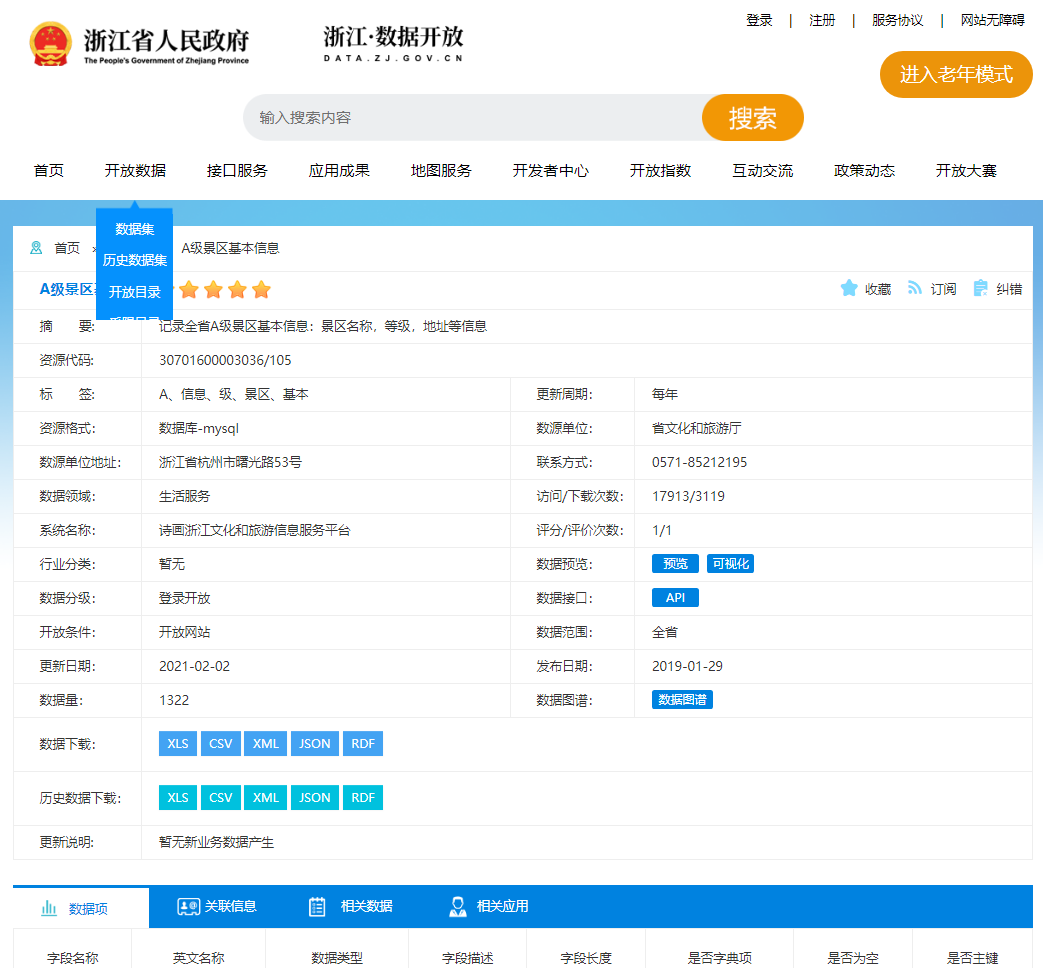
Data of all class a scenic spots in China in 2022 (13604)

Can 7-day zero foundation prove HCIA? Huawei certification system learning path sharing
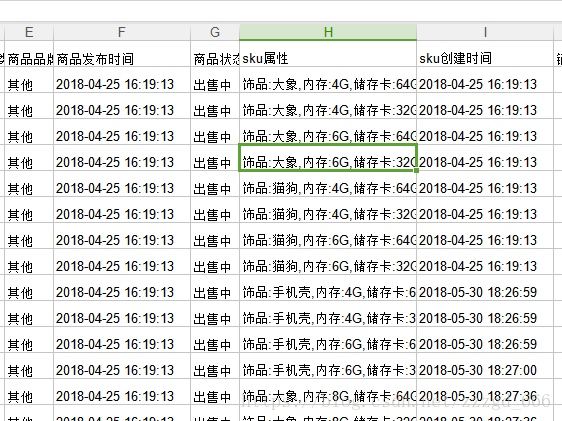
POI export to excel: set font, color, row height adaptation, column width adaptation, lock cells, merge cells
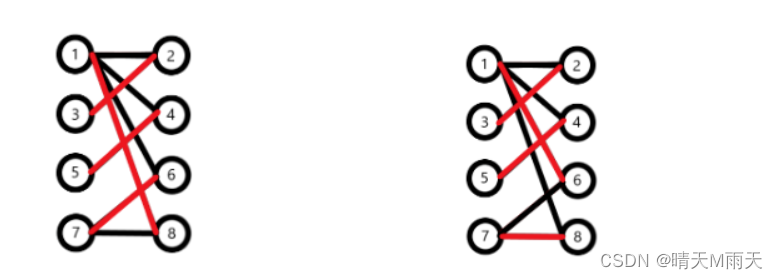
华为机试题素数伴侣
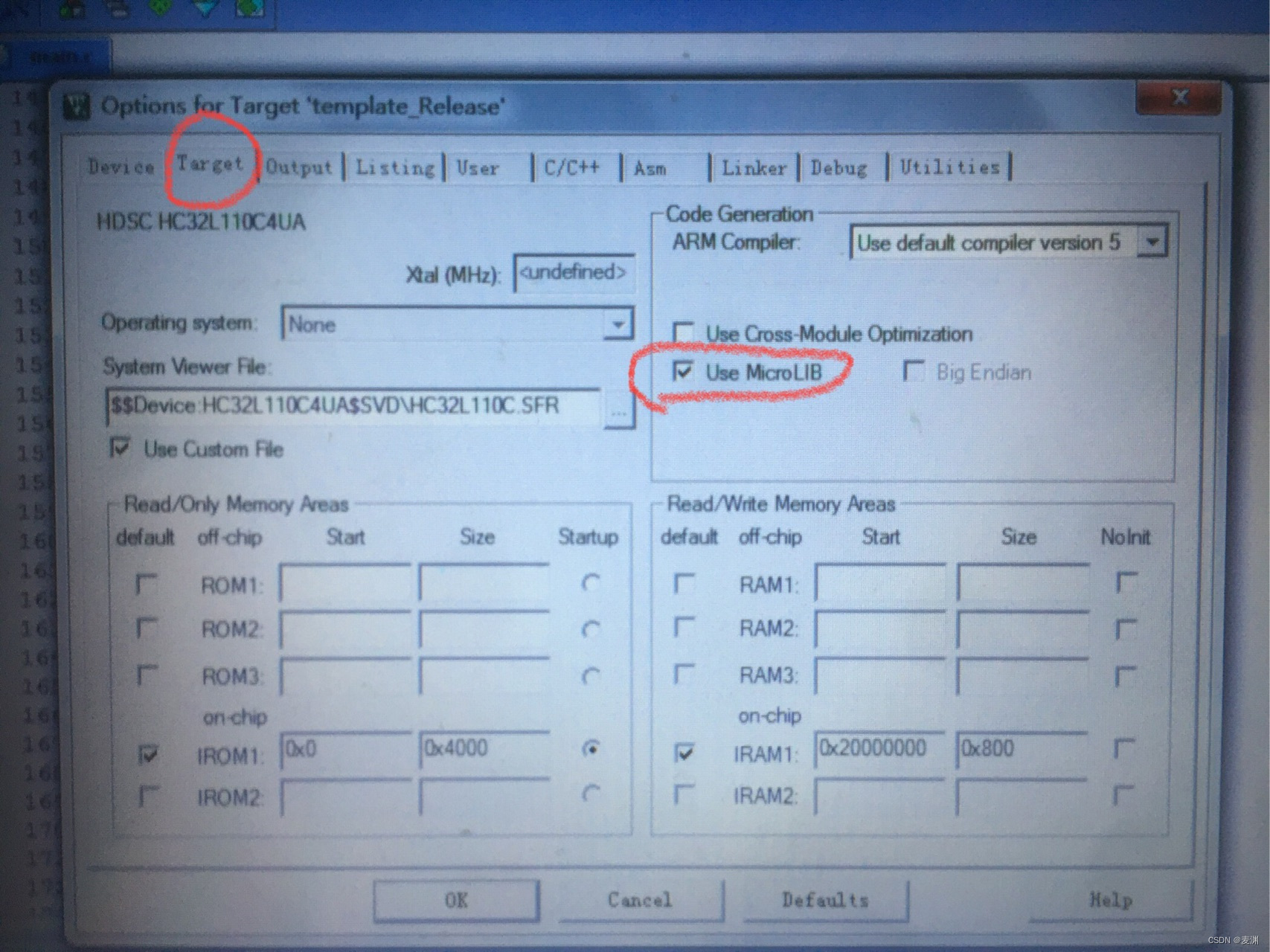
Unable to debug screen program with serial port
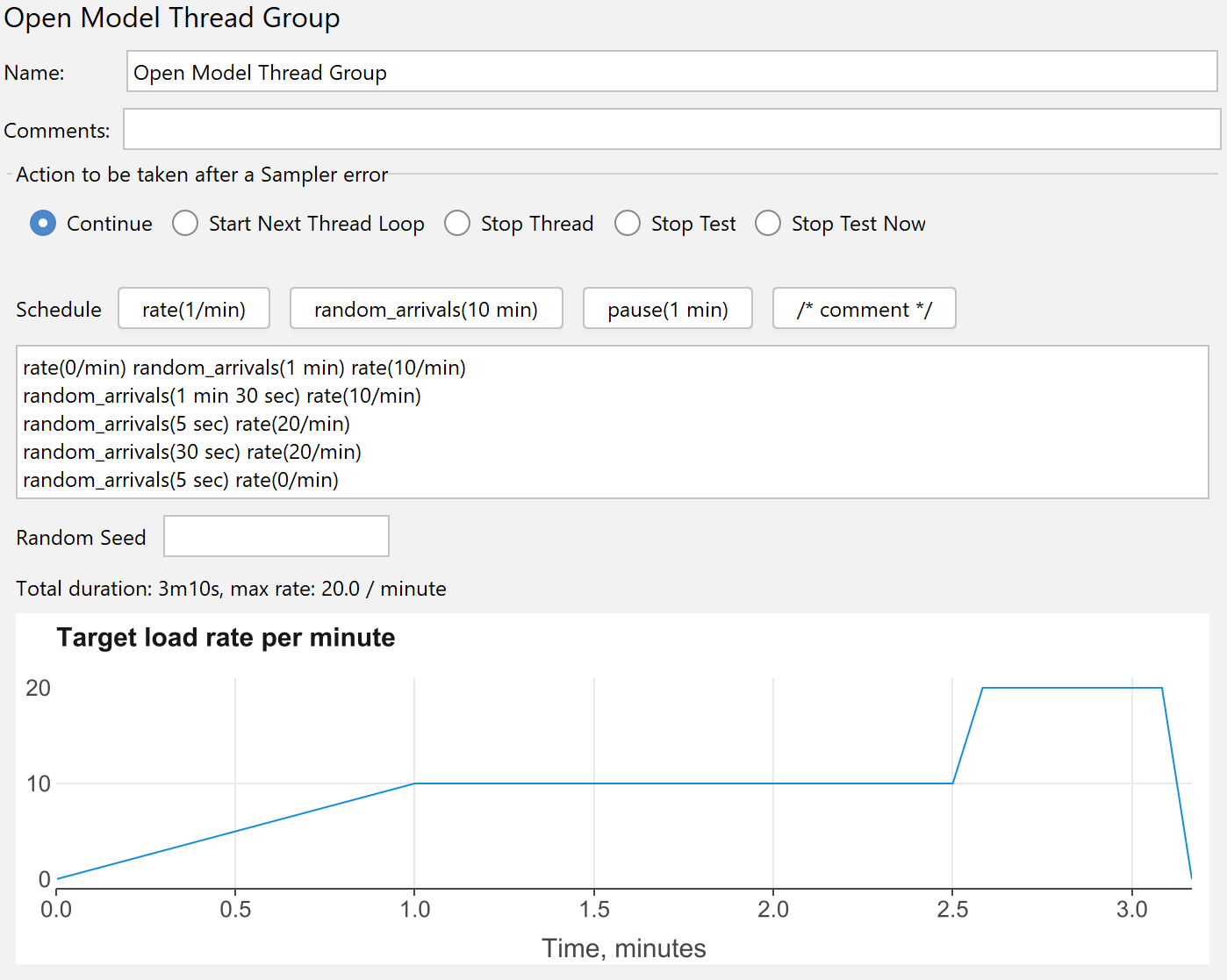
Jmeter 5.5版本发布说明
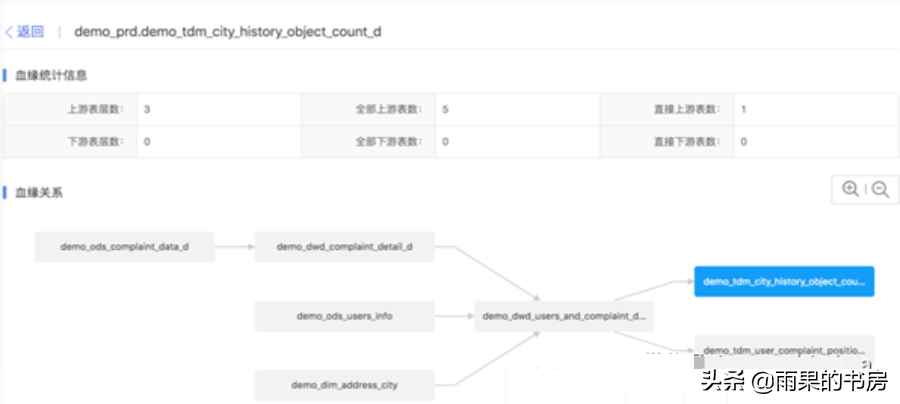
企業如何進行數據治理?分享數據治理4個方面的經驗總結

2022年全国所有A级景区数据(13604条)
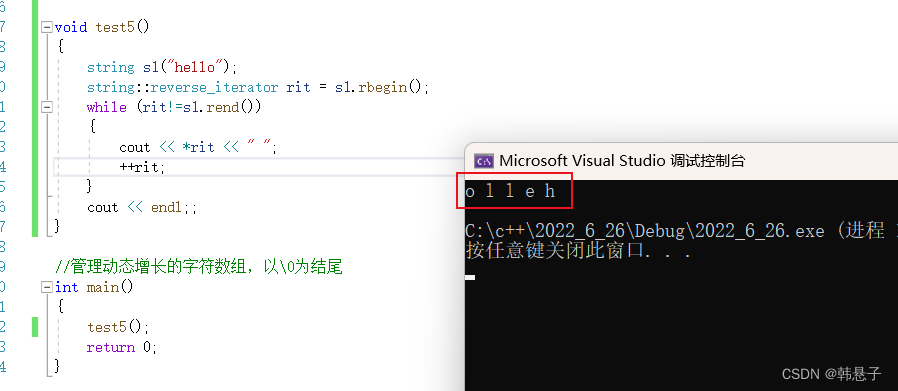
String (explanation)
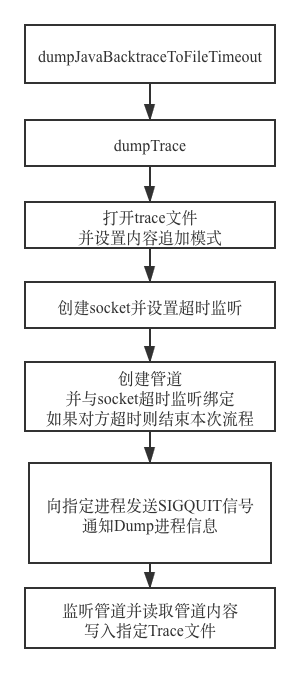
ANR 原理及实践
随机推荐
【mysqld】Can't create/write to file
循环肿瘤细胞——Abnova 解决方案来啦
sqlserver多线程查询问题
2018年江苏省职业院校技能大赛高职组“信息安全管理与评估”赛项任务书第二阶段答案
2018年江苏省职业院校技能大赛高职组“信息安全管理与评估”赛项任务书
LM small programmable controller software (based on CoDeSys) Note 23: conversion of relative coordinates of servo motor operation (stepping motor) to absolute coordinates
Performance comparison between Ceres solver and g2o
基于JS的迷宫小游戏
impdp的transform参数的测试
Installing redis and windows extension method under win system
DHCP路由器工作原理
ESXI挂载移动(机械)硬盘详细教程
Tkinter window selects PCD file and displays point cloud (open3d)
Prompt for channel security on the super-v / device defender side when installing vmmare
Postgresql源码(60)事务系统总结
【从零开始】win10系统部署Yolov5详细过程(CPU,无GPU)
Learning records on July 4, 2022
一文带你了解静态路由的特点、目的及配置基本功能示例
JWT certification
Jetpack Compose 远不止是一个UI框架这么简单~